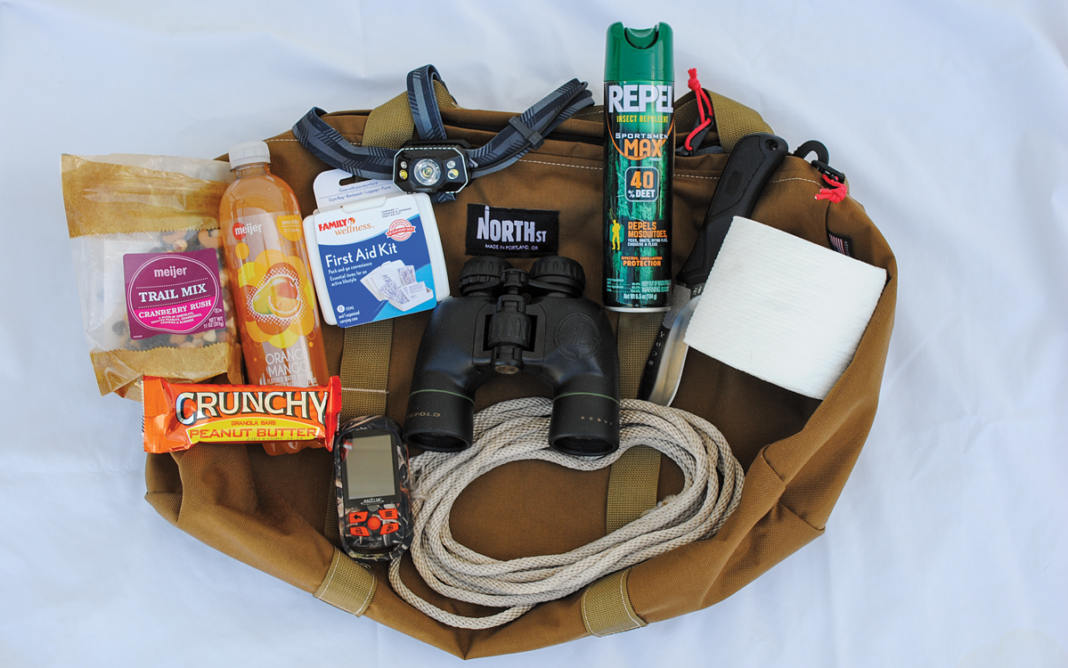Deer retrieval is not always easy. Unfortunately, deer do not always fall within sight or in an area easy to get to. Retrieving deer can be difficult at times, and often requires help.
Fortunately, Outdoor Life has 9 items that every hunter needs to make the task a little easier.
After your arrow flies or your bullet leaves the barrel, the second part of the deer hunt begins. Regardless of how good your aim is, at some point you will wound a deer and have to find it. Whitetails can run up to 45 mph and jump up to 30 feet in one leap, so a deer that’s deaf to its death knell can quickly turn an ordinary retrieval job into a needle-in-a-haystack nightmare. Just as you shouldn’t forget your bullets when hunting, don’t be without key deer-locating equipment either. You can create a deer-retrieval kit, keep it in your vehicle, and haul it out when needed.
Before embarking on a tracking odyssey, make safety your number-one priority.
“Always let someone know where you will be and what to do if you don’t check in after a few hours,” says professional tracker Robert Miller. “And, if tracking dogs are legal where you hunt, have the number of a reputable tracking-dog contact stored in your phone in case you come up empty.”
Keep a pair of knee-high waterproof boots and an old jacket and pants in your vehicle, and put them on before you start tracking.
Now pull out your deer-retrieval kit and get to work. Feel free to make additions to this basic group of items, but your kit should always include:
1. Low-power binoculars: Good for periodically scanning ahead to look for the deer bedded or dead.
2. Biodegradable marking tape or toilet paper: Good for marking the blood trail and studying the animal’s flight pattern.
3. A high-power light: A flashlight or headlamp that emits at least 200 lumens will light the way and help you follow the blood trail. Don’t forget spare batteries in case your light dies halfway through a tracking job. [Continued]
Photo: Darren Warner



















![The Best Deer Camp Chili [VIDEO] Deer Chili Ingredients, Tomatoes, Chili Spices](/wp-content/uploads/2015/10/Deer-Chili-Deer-Camp-Recipe-218x150.jpg)
![How to Call Elk Early in the Season [VIDEO]](/wp-content/uploads/2016/08/byers003-218x150.jpg)




![Idiots Disturb Hunter: How Would You Have Handled It? [VIDEO]](/wp-content/uploads/2015/10/DSC00110-e1474487693878-100x70.jpg)
![Albino Buck Shocked to Shed His Antlers [VIDEO]](/wp-content/uploads/2015/10/AlbinoDeer-100x70.jpg)